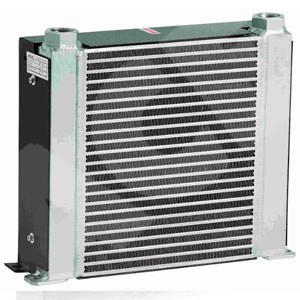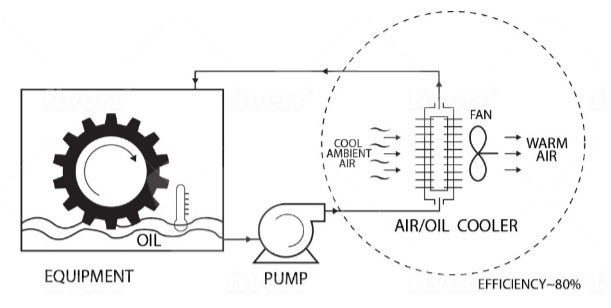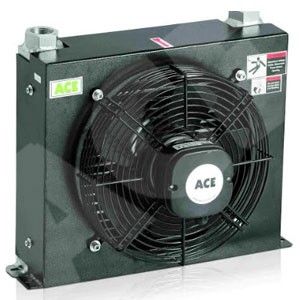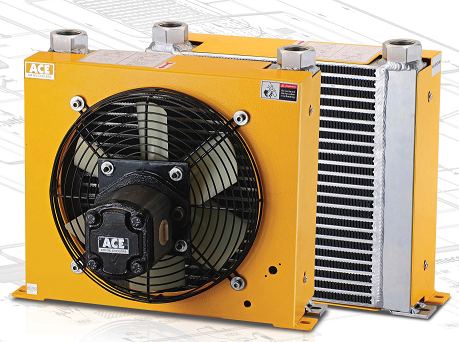Why air cooled oil coolers?

About Air Cooled Oil Coolers
May 28, 2020
How Many Types of Oil Coolers?
March 27, 2021Why air cooled oil coolers?
 Let’s look at what happens to the water after it has performed its function of removing the heat from the oil and is itself now warm. In the olden days it was simply flushed and fresh water was used. With growing environmental concerns coupled with the scarcity and cost of fresh water it needs to be recirculated. In order for it to be effectively re-used as a cooling media, the water needs to lose the heat that it has picked up and be cool enough to be able to remove heat from the oil.
Let’s look at what happens to the water after it has performed its function of removing the heat from the oil and is itself now warm. In the olden days it was simply flushed and fresh water was used. With growing environmental concerns coupled with the scarcity and cost of fresh water it needs to be recirculated. In order for it to be effectively re-used as a cooling media, the water needs to lose the heat that it has picked up and be cool enough to be able to remove heat from the oil.
For this the warm water is then pumped to a cooling tower where an air draft is used to cool it. There are two processes involved here. The cooling of oil using water, which in turn gets heated & the cooling of hot water with ambient air. We know that no process is 100% efficient. Assuming we have a well-designed processes, each would have an overall efficiency of say 80%, in which case we have 20% loss of efficiency in each process.

Efficiency Based of Water Oil Cooling System
In comparison if we look at the air cooled oil cooler, we have only one process. Again assuming we have a well-designed process with an overall efficiency of 80%, there is a direct benefit of 20% in improved efficiency. There are however some limitations in the use of using ambient air as a cooling media.
For example in a foundries environment, where the temperature of the ambient air is high.

Efficiency Based of Air Cooled Oil Cooling System
There are other nuances that need to be considered. For instance the energy cost of pumping cooling water for the entire usable life of the equipment. There is also the cost of plumbing in the initial setup coupled with the hidden cost of maintenance of the water pump & the plumbing.
It is also noteworthy that the water needs to be treated to remove salts and minerals, in order to achieve consistent heat rejection.
To know more write to us at marketing@acefluidpower.com or visit us at www.aircooledoilcoolers.com
Ace Range of Air Cooled Heat Exchangers Our Products Click Here.




